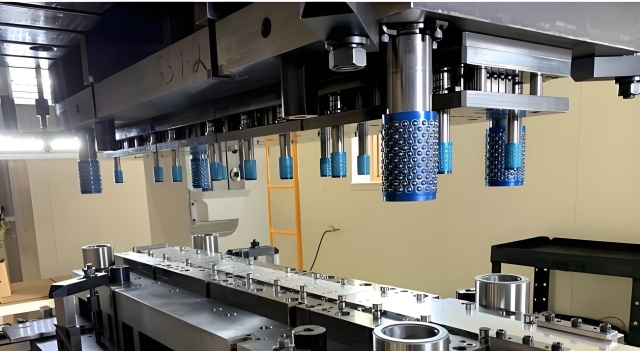Choosing Between Blow Molding and Injection Molding
Jul 07, 2023
Blow molding and injection molding, both processes are integral to producing a diverse array of plastic products, each with its unique advantages and applications. To understand the key differences between blow molding and injection molding could help the person make an informed decision for the plastic manufacturing needs.
What’s blow molding and injection molding?
1. Blow Molding:
- Blow molding is a manufacturing process primarily used to create hollow plastic parts, such as bottles, containers, and automotive components.
- The process involves melting plastic resin and then inflating it into a hollow mold cavity, shaping it to the desired form.
- There are variations of blow molding, including extrusion blow molding, injection blow molding, and stretch blow molding, each suited for specific applications.
2. Injection Molding:
- Injection molding is a versatile manufacturing process used to produce a wide range of plastic parts, from small components to large automotive panels.
- The process involves injecting molten plastic material into a mold cavity under high pressure, where it cools and solidifies to form the desired shape.
- Injection molding offers high precision, repeatability, and efficiency, making it suitable for mass production.
What’s difference?
1. Complexity:
- Injection molding is better suited for complex parts with intricate details, offering greater design flexibility and precision.
- Blow molding is ideal for creating hollow parts with simple shapes, making it suitable for high-volume production of bottles, containers, and similar items.
2. Tooling Costs:
- Injection molding typically involves higher tooling costs due to the complexity of the molds and equipment required.
- Blow molding molds are generally simpler and more cost-effective, making them more suitable for medium to large volume production runs.
3. Material Selection:
- Injection molding supports a wider range of materials, including engineering plastics and elastomers, offering greater versatility in material selection.
- Blow molding is primarily limited to thermoplastics, although advancements have expanded the range of materials available for certain applications.
4. Production Volume:
- Injection molding is more efficient for high-volume production runs, offering faster cycle times and higher throughput.
- Blow molding is often preferred for medium to large volume production, especially for hollow parts, due to its lower tooling costs and simplicity.
Both blow molding and injection molding are valuable techniques in the plastic manufacturing industry, each offering unique advantages depending on the specific requirements of the product being produced. By understanding the differences between these processes and their typical applications, manufacturers can make informed decisions to optimize their production processes and achieve superior results. Whether it's creating complex components with injection molding or producing high-volume containers with blow molding, businesses have a range of options to meet their manufacturing needs effectively.

